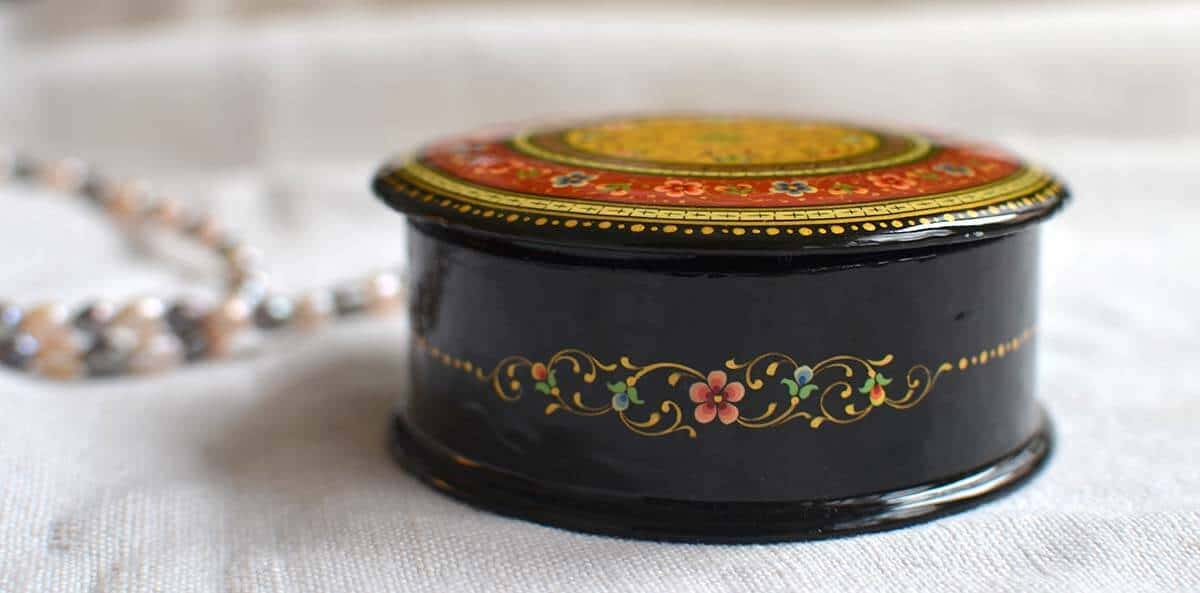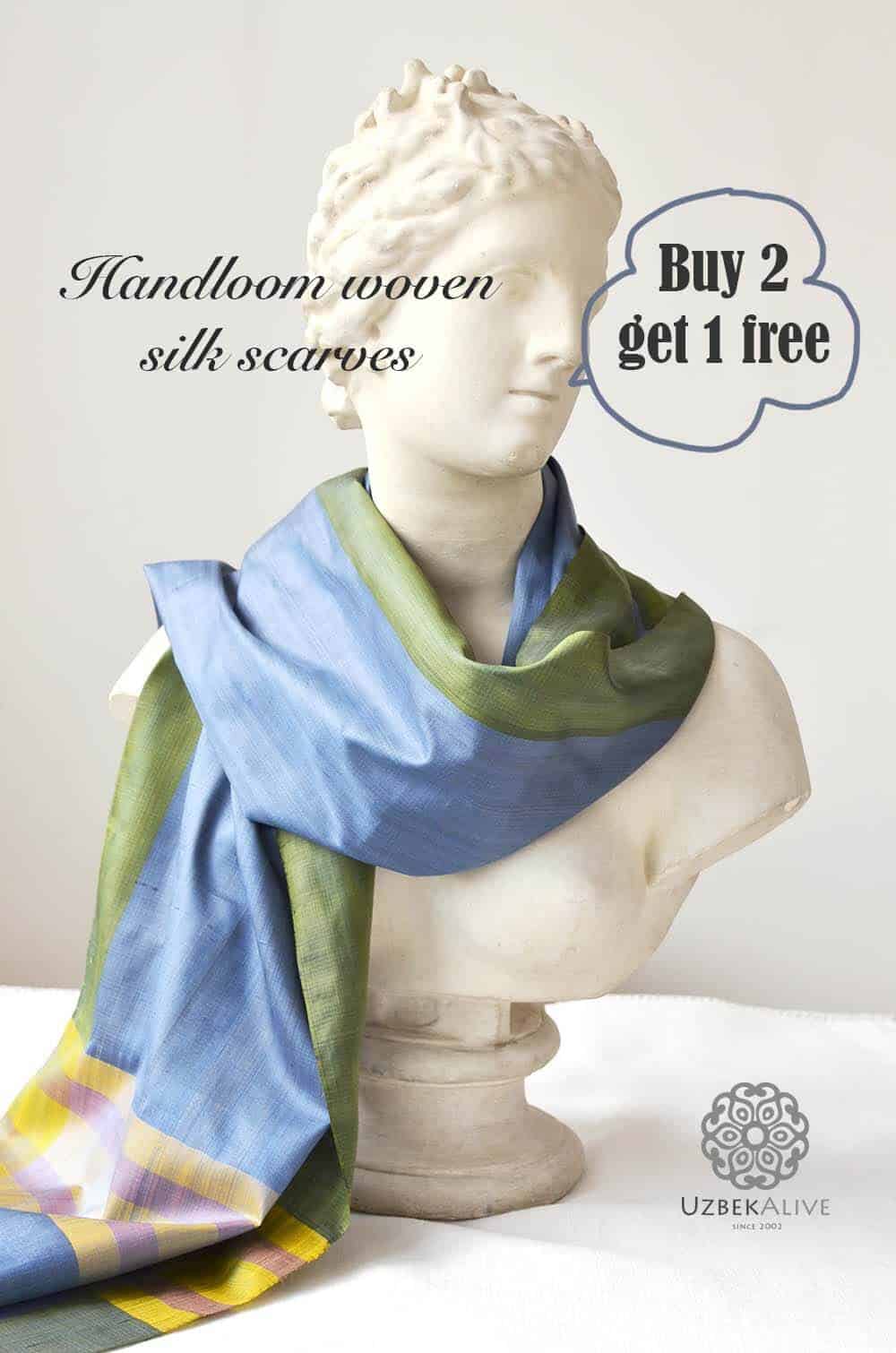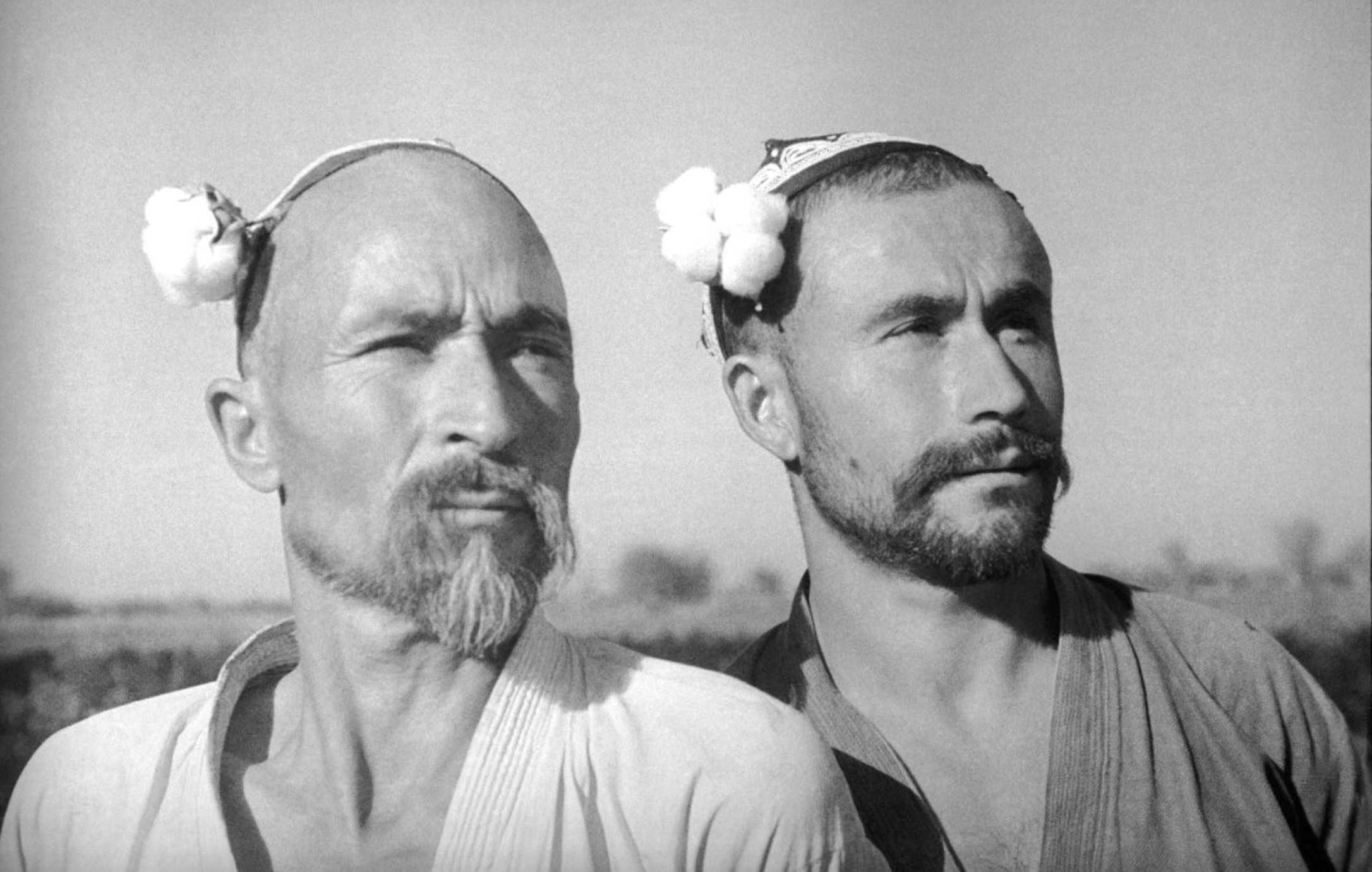The Timeless Beauty of Uzbek Hand-Painted Lacquer Jewelry Boxes
In Uzbekistan, as in much of the world, the rhythm of life has transformed over the past decade. This shift, while bringing innovation, poses a poignant challenge: the preservation of handmade art. Fewer young artisans have the patience or dedication to devote decades to mastering their craft. Mass production offers an easier, faster path—but at the cost of the soul and intricacy that true craftsmanship demands.
Jewelry Boxes from The Crossroads of Civilizations
Uzbekistan lies at the heart of the ancient Silk Road, a crossroads of East and West that once served as the “Google” of the world. For centuries, merchants, travelers, and dreamers traversed its bustling trade routes, exchanging not just goods but knowledge, ideas, and artistry. Here, the threads of Chinese and Byzantine cultures wove together with the teachings of dervishes, the verses of poets, and the innovations of scientists. This vibrant mingling of civilizations lives on in the artistry of these lacquer jewelry boxes. They carry the energy of distant lands and timeless traditions—a stunning blend of East and West, embodying the spirit of exploration, inspiration, and wonder.
Autumn Exclusive: Buy 2, Get 1 Free on Our Handcrafted Silk Scarves
Embrace the Changing Seasons with Silk Scarves
Even better, we’re running an exclusive Buy 2, Get 1 Free (of equal of less value) promotion on our silk scarves—solid, ikat, and batik designs alike! We have not set a specific date for the end of this promotion. So, it could end at any time - do not wait!
Summer sale! 3 Days only 50% off storewide!
We're thrilled to announce a fabulous 3-day sale with 50% off storewide!
This is a fantastic opportunity to get something handmade, unique, and special at half price. Explore our luxurious handmade ikat fabrics perfect for your creative projects, ready-made ikat pillow covers for your summer relaxation areas, and a selection of ikat table runners to enhance your beautiful summer dinners.
In addition to our ikat products, we offer a beautiful collection of hand-painted jewelry boxes, silk scarves, and bags. Each piece is a testament to exquisite craftsmanship and unique artistry.
Ikat fabrics and “white gold” of Uzbekistan
Our ikat fabrics, renowned for their vibrant patterns and texture, are usually comprised of approximately 50% cotton and 50% silk, blending traditional craftsmanship with local agriculture. This article delves into the history of cotton production in Turkestan, presently known as Uzbekistan, where cotton cultivation has been a cornerstone of the region's economy and culture for centuries.
Brief Historical Note on Uzbekistan's "White Gold"
Cotton, often referred to as "white gold," has long been a strategically significant crop. Its cultivation began in 19th-century Turkestan. Interestingly, the region’s evolution into a major cotton producer is a direct effect of the abolition of slavery in the United States. With the disruption of American cotton supplies, which were crucial to the Russian economy and military, Tsarist Russia turned its attention to Turkestan.
Among all its colonized territories, Turkestan had the ideal climate for cotton cultivation. Initially, local farmers grew cotton for export which was very minimal and the population's use.
Originally cultivated to meet the demands of the Russian Empire’s population and military, cotton, over the years, has since become a vital part of the economy. It plays a key role in providing affordable clothing and supporting military efforts. Over time, the narrative of cotton has become one of pride, enrichment, power, and military strength, but it has also brought serious ecological issues to the region.




